Following is a basic implementation of the Xorshift RNG (copied from the Wikipedia):
uint32_t xor128(void) {
static uint32_t x = 123456789;
static uint32_t y = 362436069;
static uint32_t z = 521288629;
static uint32_t w = 88675123;
uint32_t t;
t = x ^ (x << 11);
x = y; y = z; z = w;
return w = w ^ (w >> 19) ^ (t ^ (t >> 8));
}
I understand that w is the returned value and x, y and z are the state ("memory") variables. However, I can't understand the purpose of more than one memory variable. Can anyone explain me this point?
Also, I tried to copy the above code to Python:
class R2:
def __init__(self):
self.x = x = 123456789
self.y = 362436069
self.z = 521288629
self.w = 88675123
def __call__(self):
t = self.x ^ (self.x<<11)
self.x = self.y
self.y = self.z
self.z = self.w
w = self.w
self.w = w ^ (w >> 19) ^(t ^ (t >> 8))
return self.w
Then, I have generated 100 numbers and plotted their log10 values:
r2 = R2()
x2 = [math.log10(r2()) for _ in range(100)]
plot(x2, '.g')
Here is the output of the plot:

And this what happens when 10000 (and not 100) numbers are generated:

The overall tendency is very clear. And don't forget that the Y axis is log10 of the actual value.
Pretty strange behavior, don't you think?